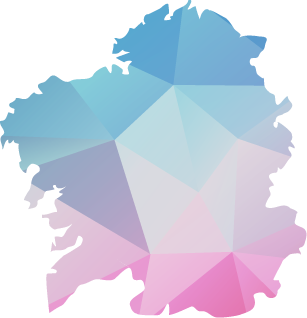Turismo de Galicia
Menú Idiomas
-
O que fazer
Caminho de Santiago
Natureza
Cultura e património
Mar e costa
Rotas
- Top ten: Dez lugares únicos
- A rota da camélia
- Rotas turísticas
- Sendas para descubir un país
- Caminhadas que apaixonam
- Cenários ao volante
- Eurovelo Galicia
- Para além do crepúsculo
Gastronomia
Turismo de Saúde
PROMOÇÕES PARA APROVEITAR AGORA
- O que visitar
-
Planeie a sua viagem
Planifique a sua viagem
Informações práticas



